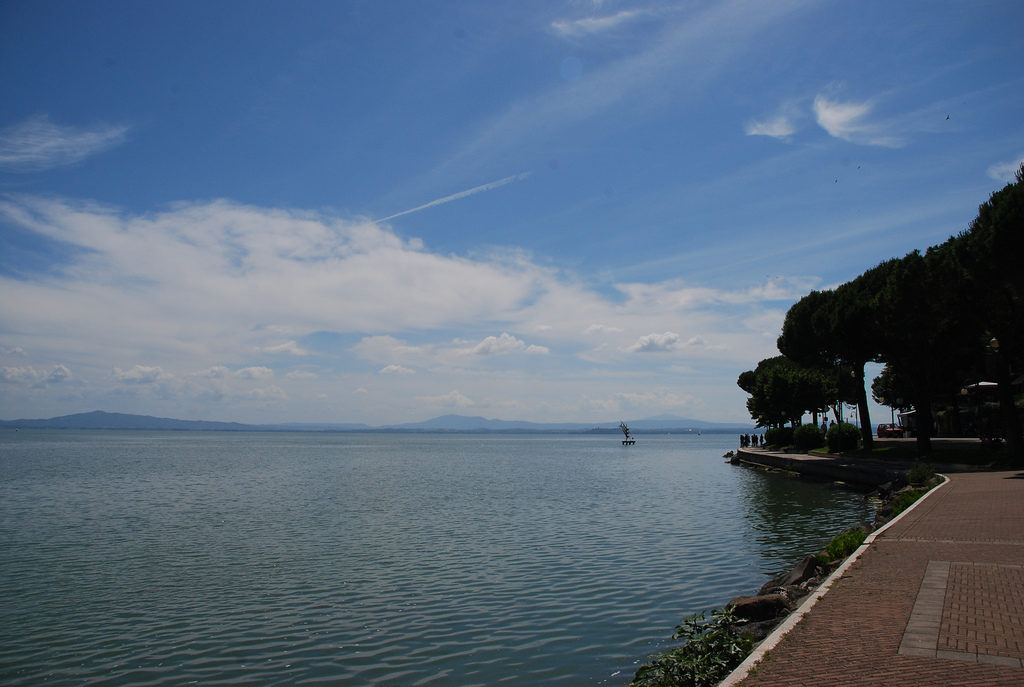Today is the 2,228th anniversary of a famous battle, one that took place between Hannibal’s Carthaginians and the Roman army at Lake Trasimeno in Umbria, Italy. It was the second (and, arguably, the best) of the three Punic wars and, as someone who keeps chickens, this is an important date –maybe I should explain the link.
Hannibal’s army had traversed the Alps and made their way down the boot towards Rome. They had been successful in various small skirmishes and were laying waste to as much of the land they passed as they could. Hannibal wanted to force the Romans into a hasty battle. He knew their way of fighting and he wanted the battle to be on his own terms.
This part of the ploy worked. The Roman Commander, Caius Flaminius (Caio Flaminio), was immediately sent south from Arezzo. He decided to move slowly behind the Carthaginian advance and prepare to confront them once he got reinforcements. However, Hannibal was ready for this and deployed his army in the hills. From here he could watch the advancing Roman army and prepare a surprise attack.
On the day of the attack Flaminus made some grave errors of judgment, ignoring three important signs that it might not be a great day ahead. Firstly, he fell off his horse, a bad sign. The Romans were a deeply superstitious bunch and this was a sign from above, be careful. Secondly, it had rained during the night and the standards had fallen into the mud. Another visible sign, something bad was around the corner. Most importantly, the chickens did not eat their food that morning at daybreak. Chickens do not digest everything at once; some food is held in the crop and released later.
One of the travellers with the Roman army would be a soothsayer – his task would be to slaughter a few birds, cut open the throat and tell the future from the un-digested food in the crop.
Take a moment to consider how that task would look on a resume.
So, no food for the chickens, nothing in the crop, nothing to prophesize from. Flaminius should have known better. He should have guessed that something bad might happen.
To the right of the marching Romans was the swampy shore of the Lake and to their left were the slopes hiding Hannibal’s army. This carefully chosen topography meant that once the Roman army had entered the narrow gap between the Lake and hills, there was no escape. To make matters worse, fog blanketed the lake and lower ground, further obscuring the Carthaginians’ presence from the Romans. Without warning, Hannibal attacked quickly, preventing the Roman columns being able to organize into battle formation and, for the Romans, it rapidly became a case of every man for himself. 15,000 Romans were killed for the loss of 1,500 men in Hannibal’s army.
Hannibal’s attacks on Rome lasted another two years. Military historians still study his unorthodox tactics which were the cause of so much grief for the Romans. The troops would switch from a convex (traditional) pattern to a concave one in battle, drawing in the enemy and allowing the deployment of elite forces from the flanks, eventually surrounding the enemy on three sides. Hannibal was finally defeated in 202 BC, his legacy was not to have destroyed Rome but, instead, to have introduced them to new fighting techniques that the Romans themselves would use as their empire grew.
Flickr photo via Schwarserkater, Alessio Dolciotto
Related articles

